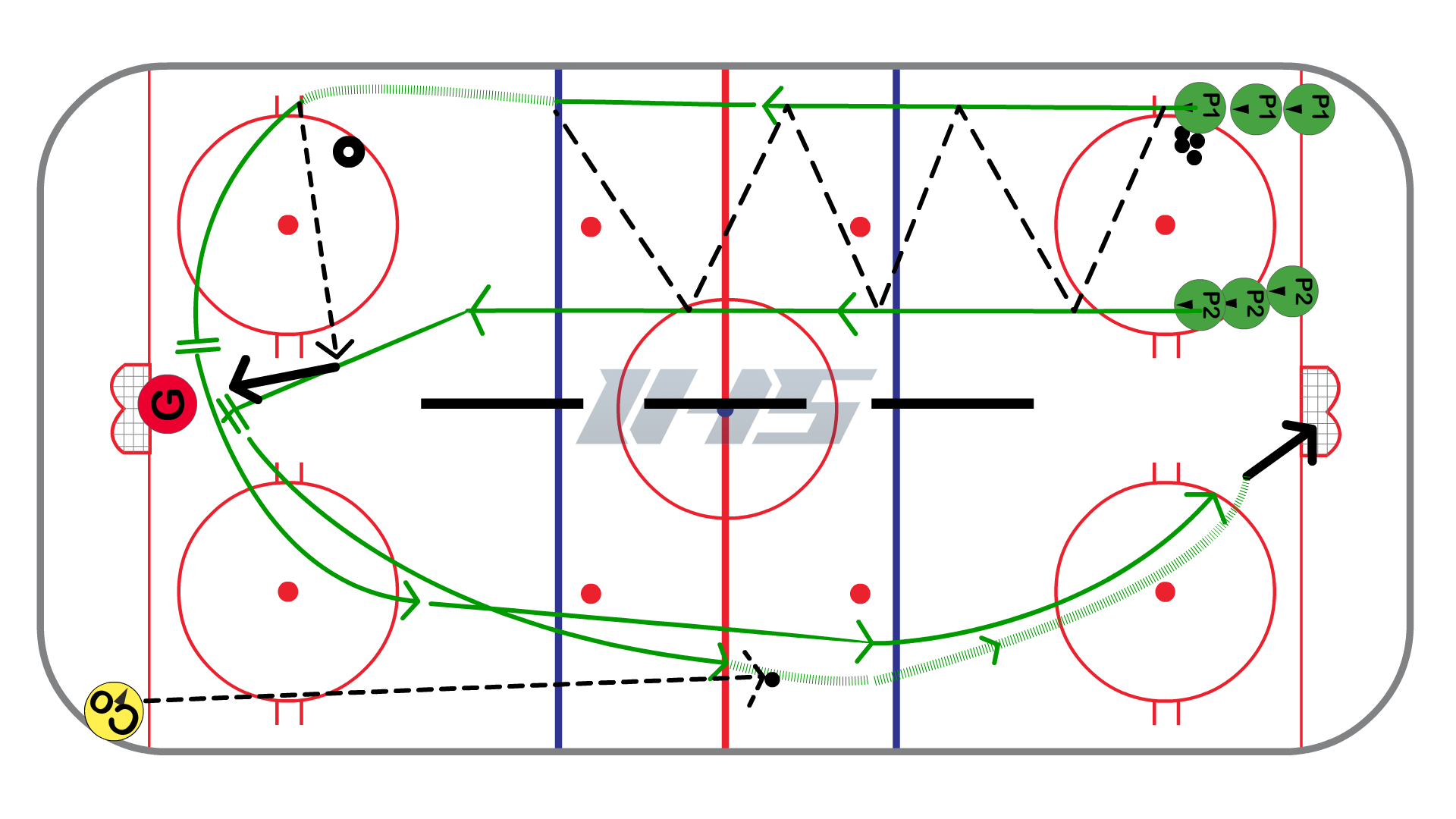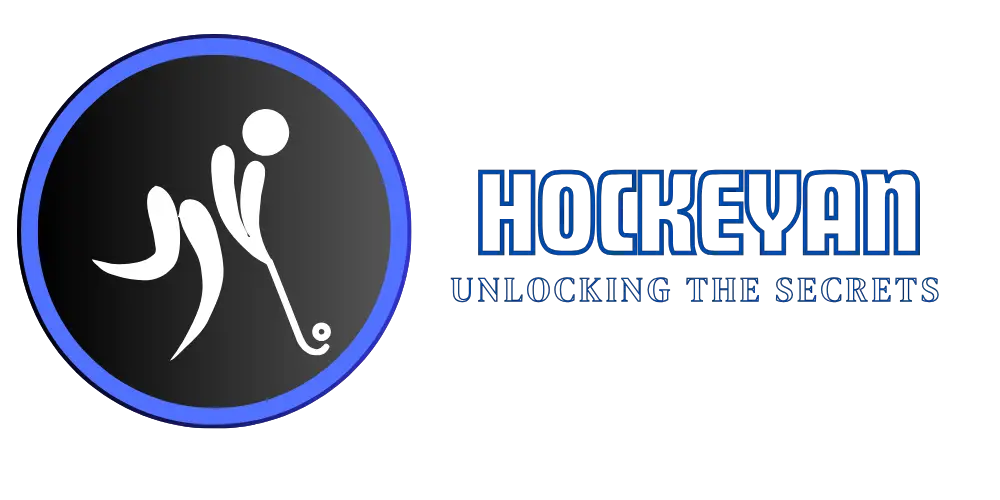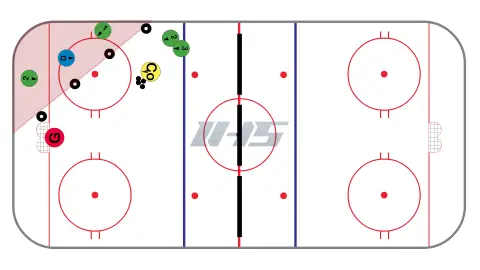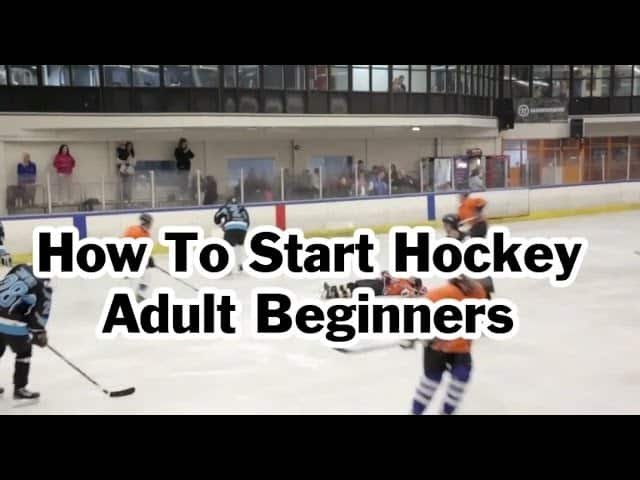Ice hockey drills improve player skills, teamwork, and game strategies. They focus on skating, puck handling, and shooting techniques.
Ice hockey is a fast-paced, dynamic sport that requires a combination of physical skill and strategic thinking. Effective drills are essential for developing players’ abilities on the ice. These drills can enhance skating speed, agility, puck control, and shooting accuracy.
Coaches use a variety of drills to target specific skills and simulate game situations. Consistent practice of these drills helps players build muscle memory and improve their overall performance. Whether you are a beginner or an advanced player, incorporating well-structured drills into your training routine is crucial for success in ice hockey.

Credit: www.icehockeysystems.com
Warm-up Drills
Warm-up drills are very important for ice hockey players. They help prepare the body for intense activity. Warm-ups also reduce the risk of injuries. Here are some key warm-up drills to start your practice.
Dynamic Stretching
Dynamic stretching helps to increase blood flow and flexibility. It involves active movements that stretch the muscles.
- Leg Swings: Swing each leg back and forth for 30 seconds.
- Lunge Walks: Step forward into a lunge, alternating legs.
- Arm Circles: Rotate your arms in big circles for 15 seconds each direction.
These exercises loosen up the muscles. They prepare the body for skating and quick movements.
Skating Circuits
Skating circuits build endurance and improve skating skills. They involve skating around the rink in different patterns.
| Drill Name | Description |
|---|---|
| Figure Eights | Skate in a figure-eight pattern around two cones. |
| Crossovers | Perform crossovers while skating around the rink. |
| Acceleration Sprints | Sprint from one end of the rink to the other and back. |
These circuits help players practice control and speed. They also enhance overall skating ability.

Credit: www.facebook.com
Skating Techniques
Mastering skating techniques is essential for excelling in ice hockey. Skating is the foundation of many skills in the game. Players must be proficient in both forward and backward skating. This section will cover fundamental drills to enhance your skating abilities.
Forward Skating
Forward skating is critical for speed and agility on the ice. Here are some drills:
- Stride and Glide: Push off with one foot and glide on the other. Repeat with the opposite foot.
- C-Cuts: Create a “C” shape with your skates. This helps build power and control.
- Crossovers: Cross one foot over the other while maintaining balance. This enhances turning and maneuverability.
Practice these drills regularly to improve your forward skating skills.
Backward Skating
Backward skating is equally important for defense and positioning. Here are some drills:
- Backward C-Cuts: Push off with one foot while making a “C” shape. Alternate feet for a smooth motion.
- Backward Crossovers: Cross one foot over the other while skating backward. This improves your ability to change direction quickly.
- Mohawk Turns: Turn your hips and change direction using a Mohawk technique. This drill enhances agility and speed in transitions.
Incorporate these drills into your practice to excel in backward skating.
| Drill | Description |
|---|---|
| Stride and Glide | Push off with one foot and glide on the other. |
| C-Cuts | Create a “C” shape with your skates. |
| Crossovers | Cross one foot over the other while maintaining balance. |
| Backward C-Cuts | Push off with one foot while making a “C” shape. |
| Backward Crossovers | Cross one foot over the other while skating backward. |
| Mohawk Turns | Turn your hips and change direction using a Mohawk technique. |
These drills are essential for any aspiring hockey player. They build strength, speed, and agility on the ice. Practice them consistently for the best results.
Stickhandling Skills
Mastering stickhandling skills is essential for every ice hockey player. These skills help you control the puck, evade opponents, and make accurate passes. Improving your stickhandling can give you an edge in games.
Puck Control
Puck control is the foundation of great stickhandling. Practice these exercises to improve your control:
| Exercise | Description |
|---|---|
| Figure 8s | Move the puck in a figure 8 pattern around cones. |
| Toe Drags | Pull the puck back with the toe of your stick. |
| Wide Dribbles | Dribble the puck back and forth in a wide arc. |
Stickhandling Drills
Stickhandling drills are crucial for developing quick hands and smooth puck movement. Here are some effective drills:
- Stationary Drills: Practice moving the puck while standing still. Focus on quick wrist movements.
- Moving Drills: Skate while stickhandling the puck. Change directions and speed.
- Obstacle Course: Set up cones and weave the puck through them. Improve precision and agility.
Follow these drills regularly. Watch your stickhandling skills improve!
Passing Drills
Passing is a core skill in ice hockey. It helps players move the puck quickly. Good passing drills can improve a team’s performance. Below, we explore important passing drills.
Forehand Pass
The forehand pass is the most common pass in hockey. Players use the forehand side of their stick. This pass is usually strong and accurate.
Steps for a forehand pass:
- Stand with feet shoulder-width apart.
- Hold the stick with both hands.
- Place the puck on the forehand side of the bl
Shooting Techniques
Mastering shooting techniques in ice hockey is essential for scoring goals. Players must develop a variety of shots to be effective on the ice. Two fundamental shots every player should practice are the wrist shot and the slap shot.
Wrist Shot
The wrist shot is a quick and accurate shot. It’s often used in close range. To perform a wrist shot, follow these steps:
- Grip the stick with your hands shoulder-width apart.
- Position the puck slightly behind your front foot.
- Shift your weight from your back foot to your front foot.
- Slide the puck towards the target, using your wrists to generate power.
- Follow through with your stick pointing at the target.
Practice this shot to improve your accuracy and quickness. Here are some benefits of the wrist shot:
- Quick release
- High accuracy
Defensive Drills
Mastering defensive skills in ice hockey is crucial for any team. Defensive drills help players prevent the opposition from scoring. These drills improve awareness, reaction time, and technique. Below are two essential defensive drills: shot blocking and stick checking.
Shot Blocking
Shot blocking is a vital skill for defensemen. It involves positioning your body to block the puck. This prevents the puck from reaching the goal.
- Positioning: Stand between the puck and the goal.
- Timing: React quickly to the shooter’s movements.
- Body Alignment: Keep your stick and skates aligned.
Practicing shot blocking can be done using cones and pucks. Set up cones in a line. Have players skate towards the cones and block imaginary shots. This drill enhances reflexes and technique.
Stick Checking
Stick checking involves using your stick to disrupt the opponent. This prevents them from controlling the puck.
- Poke Check: Extend your stick to poke the puck away.
- Lift Check: Lift the opponent’s stick to gain control of the puck.
- Sweep Check: Sweep your stick along the ice to intercept the puck.
Practicing stick checking requires focus and precision. Set up a drill with players skating towards each other. Have them practice different types of stick checks. This improves hand-eye coordination and puck control.
| Drill | Focus | Equipment |
|---|---|---|
| Shot Blocking | Positioning, Timing | Cones, Pucks |
| Stick Checking | Hand-eye Coordination | Sticks, Pucks |
Defensive drills are essential for a strong hockey team. They improve skills and confidence on the ice.
Team Play Drills
Team play drills are essential for developing cohesive and effective ice hockey teams. They focus on teamwork and strategy, ensuring players can execute plays under pressure. This section delves into two critical aspects: Power Play and Penalty Kill.
Power Play
The Power Play drill trains players to take advantage of having more players on the ice. The goal is to score quickly and efficiently.
- Setup: Position four offensive players and one defender.
- Objective: Move the puck quickly and create scoring opportunities.
- Key Points:
- Maintain constant puck movement.
- Use quick passes to create openings.
- Position players in optimal shooting areas.
Penalty Kill
The Penalty Kill drill focuses on defending with fewer players on the ice. The goal is to prevent the other team from scoring.
- Setup: Position three defenders and one goalie.
- Objective: Clear the puck from the defensive zone.
- Key Points:
- Block shooting lanes effectively.
- Communicate constantly with teammates.
- Stay in a tight defensive formation.
Incorporating these drills into practice sessions enhances team synergy. Players learn to execute plays under various conditions.

Credit: www.youtube.com
Conditioning Drills
Conditioning drills are crucial for ice hockey players. They help improve endurance, speed, and overall performance on the ice. Conditioning drills also build stamina and help players maintain high energy levels during games. Below are some essential conditioning drills broken down into two main categories: Endurance Training and Speed Workouts.
Endurance Training
Endurance training helps players stay strong throughout the game. It builds stamina and keeps players moving at high speeds. Here are some effective endurance drills:
- Skating Intervals: Skate hard for 30 seconds, then rest for 30 seconds.
- Long-distance Skating: Skate around the rink for 10 minutes without stopping.
- Circle Drills: Skate in circles, increasing speed every minute.
Speed Workouts
Speed workouts are essential for quick movements. They help players get to the puck faster. Here are some effective speed drills:
- Sprint Skating: Skate from one end of the rink to the other as fast as possible.
- Blue Line Sprints: Sprint between blue lines for 20-second intervals.
- Cone Drills: Set up cones and weave through them as fast as possible.
| Drill | Type | Duration |
|---|---|---|
| Skating Intervals | Endurance | 30 seconds each |
| Sprint Skating | Speed | Full rink |
| Blue Line Sprints | Speed | 20 seconds each |
Frequently Asked Questions
What Are Basic Ice Hockey Drills?
Basic ice hockey drills include skating, stickhandling, passing, and shooting exercises. These drills improve fundamental skills and build a strong foundation for the game.
How Often Should You Do Hockey Drills?
Perform hockey drills at least 2-3 times a week. Consistency is key to developing and maintaining skills.
What Is A Skating Drill?
A skating drill focuses on improving speed, agility, and balance on the ice. It typically includes various skating techniques and movements.
Why Are Stickhandling Drills Important?
Stickhandling drills enhance your control over the puck. They improve hand-eye coordination and increase your ability to maneuver in tight spaces.
Conclusion
Mastering ice hockey drills is crucial for player development. Consistent practice enhances skills, speed, and teamwork. Use these drills to boost performance and enjoy the game more. Remember, dedication and hard work lead to success on the ice. Keep practicing and watch your skills soar.




